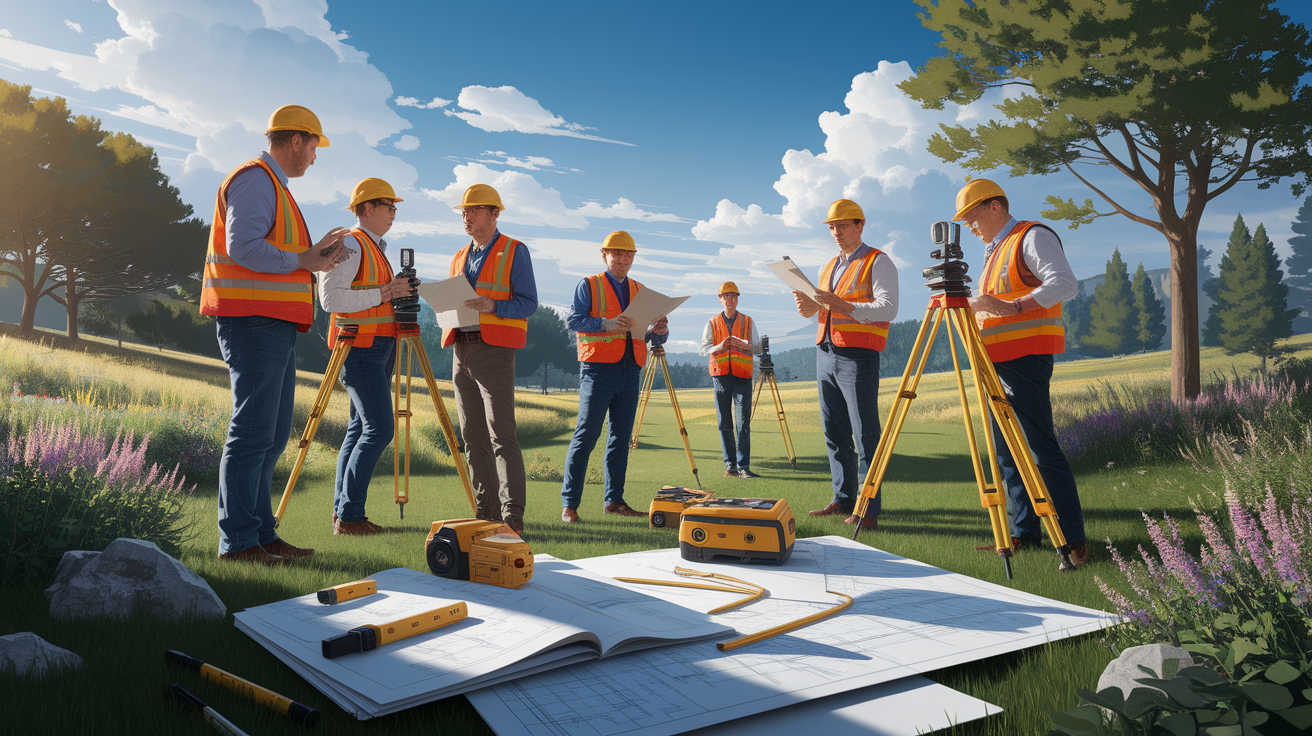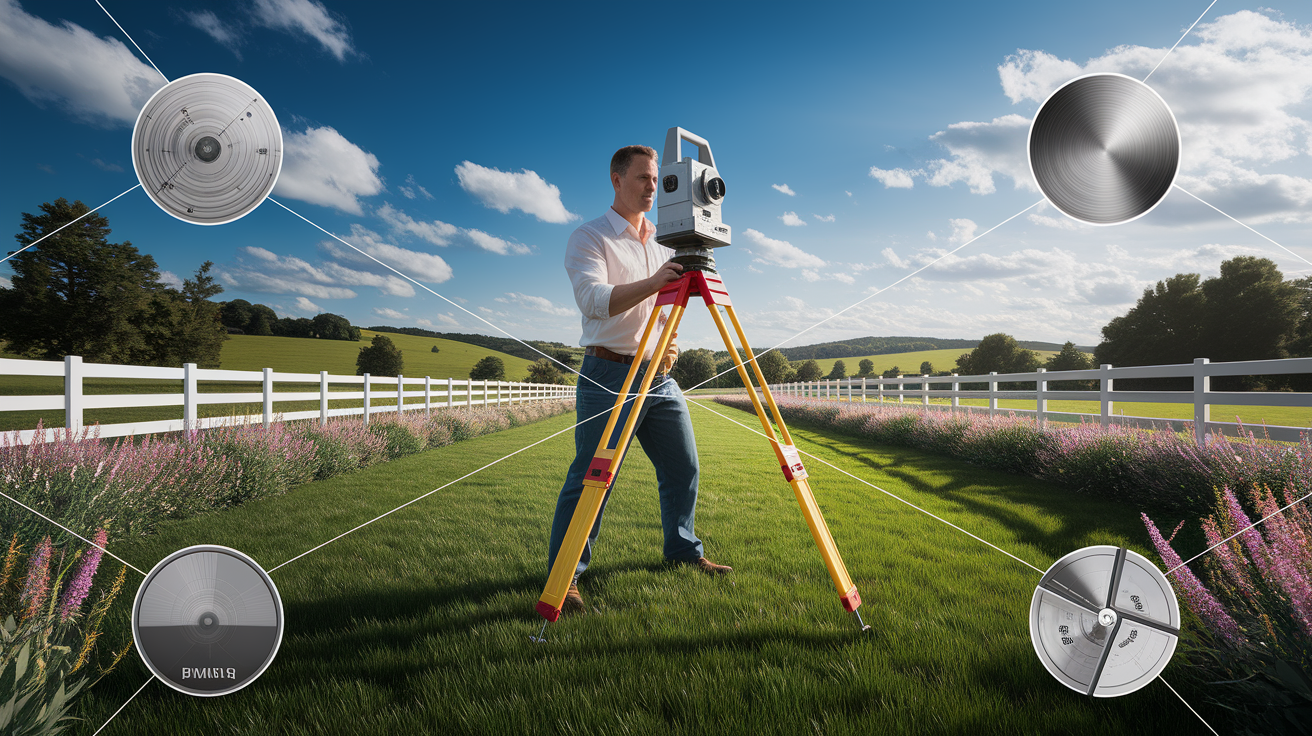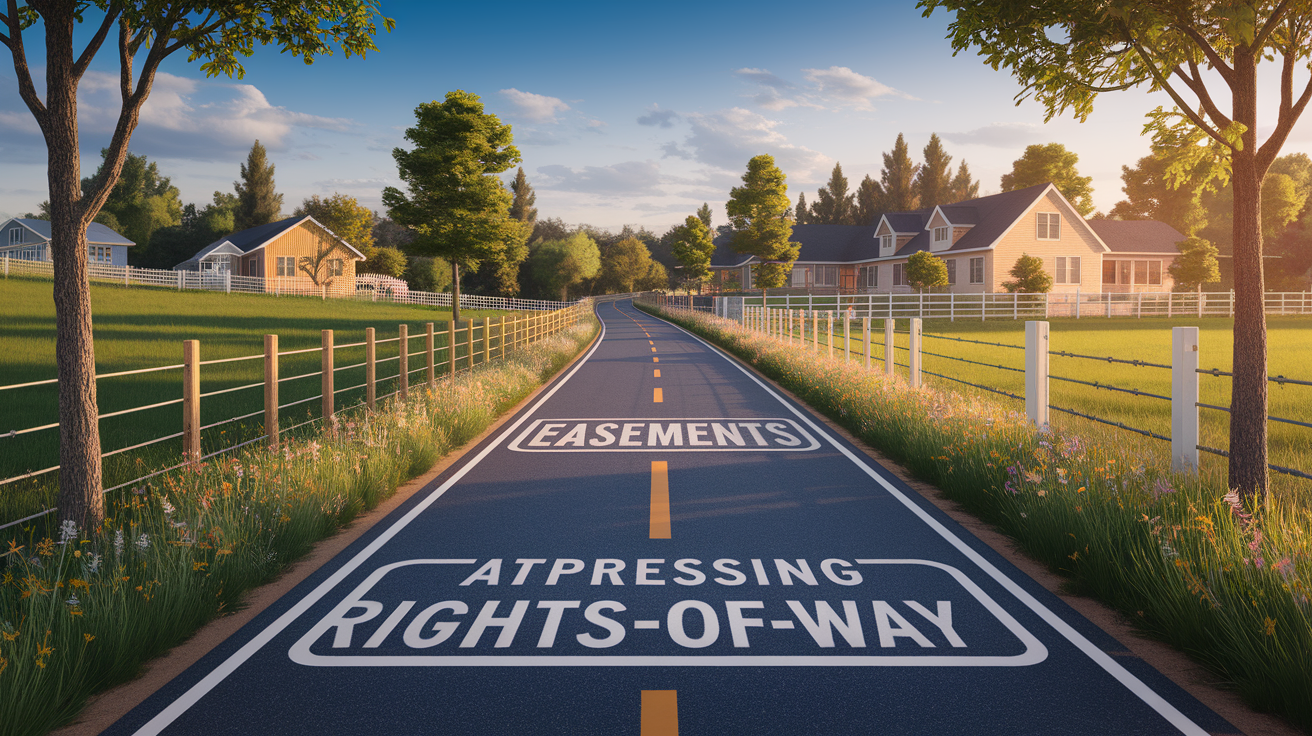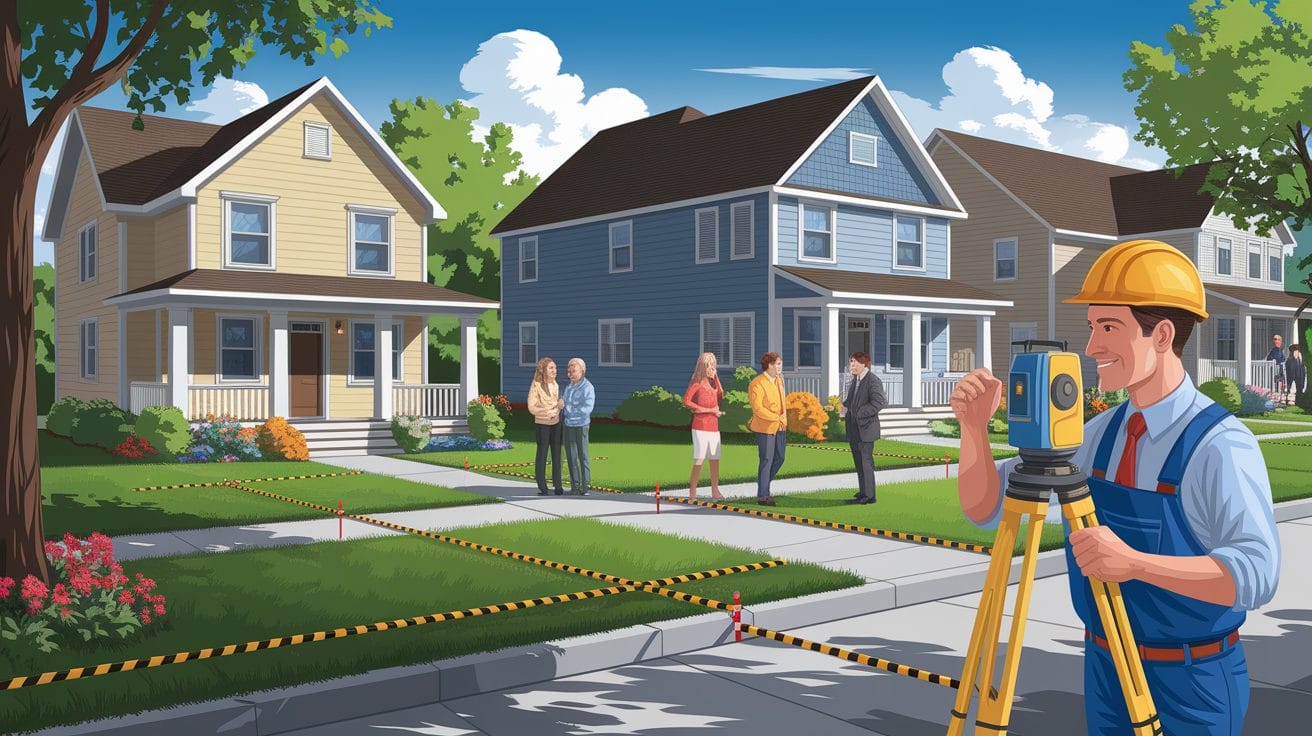Preparing for boundary-line-surveys
Clarity starts with preparation. When you suspect that your property boundaries might be in question, entering the process without preparation is like standing at the bottom of a mountain with no climbing gear — daunting and risky. A little groundwork now can save you from costly disputes later.

The first step is to gather every document that speaks to your land’s limits. This means your property deed, any prior property surveys, and relevant land records. These papers often contain the legal property description — the precise wording that a land surveyor will later translate into physical survey stakes or boundary markers.
Why is this so important? Because in boundary disputes, clear historical evidence is your strongest ally. Reviewing your deed alongside maps from your county assessor can help you understand where your recorded property lines should be. Resources like property line lawsuits guides explain how deeds and historical use determine legal boundaries, especially when past agreements may have shifted them.
- Collect and review your title documents.
- Obtain copies of past surveys, if they exist.
- Check for easements or rights-of-way recorded against your property.
- Familiarize yourself with relevant state statutes, such as those requiring specific survey methods.
Conducting Boundary Line Surveys
Once you have your paperwork ready, it’s time to turn legal descriptions into physical reality. A property survey takes abstract legal language and ties it to fixed points you can see and measure. Think of it as transforming a recipe into an actual meal — both are valuable, but only one you can taste.

A licensed land surveyor uses specialized survey equipment to identify and mark your property corners, often with corner pins or stakes. They rely on your deed, neighboring deeds, and official plat maps to anchor these marks in legal accuracy. Under laws such as Florida Statutes on boundary lines, surveyors must follow exacting procedures to ensure uniformity and reliability.
Costs vary. A typical boundary survey may range between several hundred to a few thousand dollars depending on property size, terrain, and complexity of land ownership verification. In disputes, this cost is often justified — a certified survey can become key evidence in mediation or court.
- Hire a licensed surveyor experienced in boundary dispute resolution.
- Provide them with all deeds, previous surveys, and easement agreements.
- Allow access to all boundary areas for land measurement accuracy.
- Review the surveyor’s final map and ask questions about any discrepancies.
Addressing Easements and Rights-of-Way
Easement rights and rights-of-way are commonly confused, yet they’re distinct. An easement is the legal right for someone else to use part of your property for a specific purpose — like utility maintenance or access. A right-of-way generally refers to a type of easement granting passage over your land.

Why does this matter? Because easements can affect your property’s boundaries and usable area. For example, a recorded easement may prevent you from building on a strip of your land, impacting everything from landscaping choices to property value. Understanding the limits and rights within these agreements is essential before making improvements.
If you suspect an easement dispute — perhaps a neighbor is using more land than allowed — review the recorded agreement carefully. For detailed guidance, you can review the overview of boundary line disputes to understand doctrines that sometimes overlap with easement conflicts.
- Check your title for any recorded easements.
- Understand the specific scope and duration of each easement.
- Communicate with easement holders about intended land use.
- Seek legal advice if easement terms are unclear or being violated.
Resolving Boundary Line Disputes
When property lines are contested, emotions can run as high as the stakes. A boundary dispute can disrupt neighborly relations, delay construction, or cloud sale negotiations. But there are structured ways forward — even when compromise feels impossible.
The most amicable path is direct communication. Sitting down with your neighbor to discuss the survey findings is often surprisingly effective. If that fails, mediation brings in a neutral party to guide discussions toward agreement without court involvement. Arbitration, explained in resources like boundary dispute arbitration guides, can provide a final, binding decision short of full litigation.
Litigation remains the last resort. In court, your case may hinge on deeds, surveys, and legal doctrines such as adverse possession — where long-term use of land might transfer ownership — or acquiescence, where both parties have treated a particular line as the true boundary over time.
- Attempt direct discussion and voluntary agreement.
- Engage mediation for facilitated settlement.
- Consider arbitration for binding resolution without court delays.
- Pursue litigation only after exhausting alternatives, preparing all legal and survey documentation.
Preventive Measures and Long-term Benefits
Prevention is always cheaper than resolution. Verifying your boundary lines before erecting a boundary fence, planting hedges, or starting construction is an investment in lasting peace of mind. Treat it as an insurance policy against future friction.
Regularly updating surveys, especially before major property transactions or improvements, keeps your records accurate. Discussing boundary issues early and openly with neighbors can prevent small misunderstandings from growing into formal disputes. As property boundary resolution guides suggest, clear communication combined with documented accuracy is the surest safeguard.
- Obtain a property line survey before making improvements.
- Review easement agreements annually to confirm terms haven’t been breached.
- Maintain visible and agreed-upon boundary markers.
- Document any neighbor agreements in writing, even if informal.
With these measures, you protect not only your land but also your relationships, ensuring that property ownership remains a source of security, not stress.







